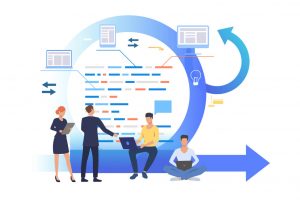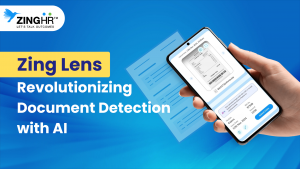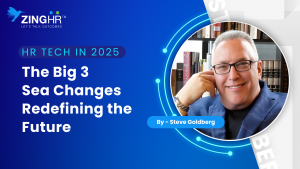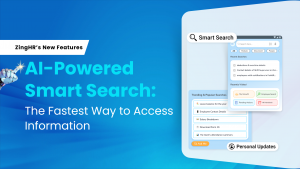Any agile thought-level change at the corporate level must be both broad and iterative. That is, it should be comprehensive in the sense that it touches strategy, structure, people, process, and technology, as well as iterative in the sense that not everything can be planned ahead of time. Enterprise agility can be achieved in a variety of ways. Some businesses are built to be agile from the outset, with an agile operating model. In terms of others, we find three different types of agile journeys: All-in, which requires a company-wide commitment to agile transformation, and a sequence of agile transformation waves. Step-by-step thinking and implementation, which is a more systematic and discrete approach; and Emergent, which is essentially a bottom-up approach. To embrace enterprise agility, most organizations must transform. Such transformations vary in speed, scope, and approach, but they all share a set of elements that span two broad stages.

An agile and lean organization does not deliver work following a traditional organizational chart; rather, it can be thought of as a series of cells (or “teams,” “squads,” or “pools”) grouped around common missions, which are often referred to as “tribes.” The blueprinting component should generate a “tribe map” to show how individuals that are grouped work. Cloud-based hr and payroll transformations recognize a strong potential for business delivery.
Scaling an agile operating model successfully necessitates new skills, habits, and mindsets throughout the organization. This is critical, yet it is a time-consuming phase of agile transition that smoothes out by onboarding an HRMS Solution. Most firms ask existing employees to take on new positions or responsibilities, which necessitates the development of new skills and capabilities. Any successful agile transformation would invariably establish a capabilities accelerator to retrain and reorganize people, make the agile concept universal, and develop the relevant skills across the organization. There may be several stages to a typical capacity trip. Organizations must first determine the number of trainers (agile coaches) needed, then hire and train them; failing to do so may result in delays and blockages as the agile transformation spreads throughout the firm.
Second, as part of developing capabilities, the company must identify new agile roles (for example, agile coaches, product owners, tribe leads, chapter leads, and product owners), as well as a clear definition of success in each job.
Third, all employees should be given learning and career paths that clearly outline the opportunities that the agile transition provides.
Fourth, the company must foster a culture of continual learning and growth throughout the organization (this will entail a large-scale digital and communications program). Finally, a whole organization effort to enhance agile skills and guarantee that new employees are properly onboarded must be designed and implemented. Larger firms frequently establish an academy to codify and consolidate these skills.




